Copenhagen-based IoT network, Onomondo, announced on Tuesday that it has raised $21M (approximately €20.39M) in a fresh round of funding.
Onomondo says it will use the funds to drive growth and meet its planned projection of tripling its ARR in 2022 and 2023.
The capital will also help scale the company’s team from 50 to 100 employees by the end of 2022, and help expand its customer base, which currently includes the likes of Bosch, Carlsberg, and Maersk.
Investors in this round
The investment was led by Verdane, a growth equity investment firm that specialises in scaling digital consumer, software, and sustainable social businesses. Onomondo’s existing investors also participated in the round.
Pal Malmros, Partner at Verdane, says, “Drawing from a deep understanding of traditional network infrastructure, Michael, Henrik and the Onomondo team is bringing a fresh, next-gen approach to the challenges the IoT market continues to face today. We are convinced that Onomondo’s solution has the potential to vastly accelerate the global roll-out of IoT, as well as expand the total set of addressable use cases, and we look forward to partnering with the company to accelerate its expansion and growth internationally.”
Verdane invests in tech-enabled businesses, including software. The firm holds over 30 software businesses in its portfolio, including companies like Nomentia, Eduhouse, Evondos, inriver, Danelec Marine, meister, Papirfly, Parkopedia, StudyTube, and Voyado.
The global IoT connectivity stack
Founded in 2012 by Henrik Aagaard and Michael Freundt Karlsen, Onomondo helps new and existing IoT solutions to grow with global cellular connectivity and IoT tools.
Industries that have assets, including manufacturing, logistics, and transportation, have been trying for a long time to use the Internet of Things (IoT) to control supply chains, and boost automation and productivity. However, the networking component of the IoT still remains a hurdle despite advancements in hardware and the cloud. Current methods are dependent on a patchwork of national telecommunications carriers or Mobile Virtual Network Operators (MVNOs). Because of this patchwork, organisations are unable to globally interoperate, see, or govern their linked assets.
According to Onomondo, IoT connection requires a fundamentally different technological and economic architecture in order for digital transformation to occur at scale in physical sectors. To do this without relying on the conventional operator network stack, the Danish scale-up redesigned the connection architecture of the current IoT networks.
The company claims to have integrated more than 700 operators at the Radio Access Network (RAN) level across more than 180 countries, as well as layering its own API-based IoT platform on top. This means users now have access to detailed, real-time information about how each linked device is doing, enabling them to connect to their global grid and troubleshoot IoT devices from any location.
The company says that the interoperable SIM card used in Onomondo-connected devices enables frictionless asset movement across borders without the added burden of roaming. And because data is directly transferred from the Onomondo virtual network to one of the company’s cloud partners (including Microsoft Azure, AWS, Google Cloud, and more), businesses can easily understand what is happening between devices and the network, through to the core network and on to the IoT cloud, from a single interface.
Co-founders Karlsen and Aagaard say, “It’s interesting how the attention in IoT has traditionally centred around hardware and cloud. Connectivity was the commodity added in the end. We see a clear shift now towards the market asking for more from their connectivity solution. This trend will dramatically heighten the success rate of IoT and lower both complexity and barriers to entry. All of this will eventually benefit both people, profit, and the planet. We have found Verdane to be the perfect partner to help us deliver fully on this vision and accelerate our growth.”



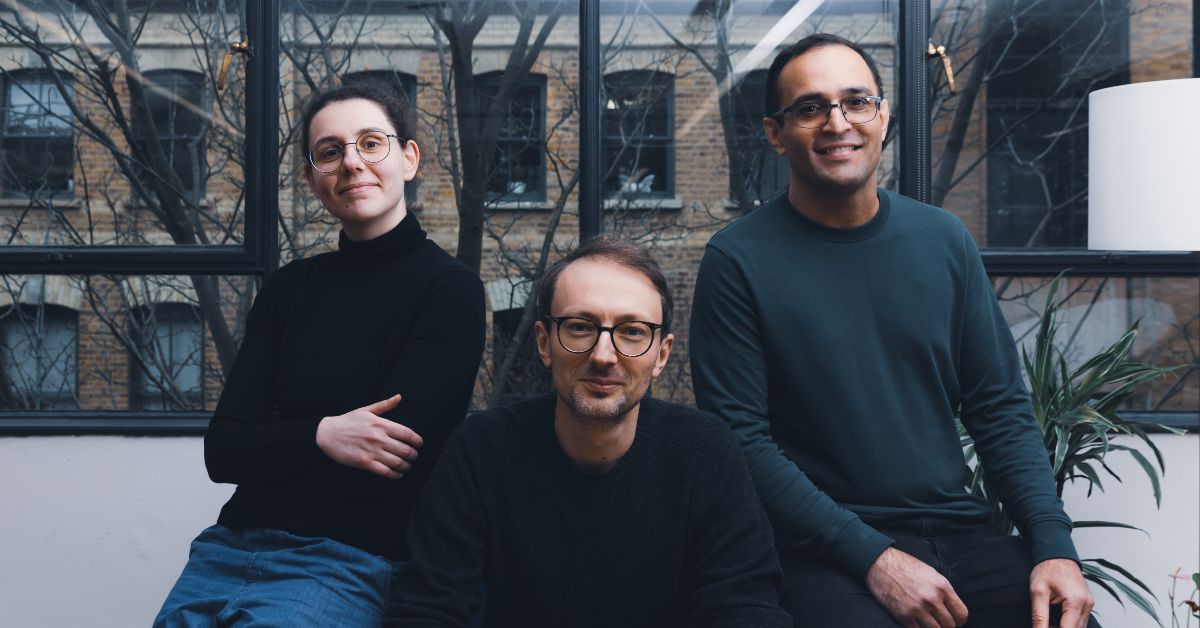
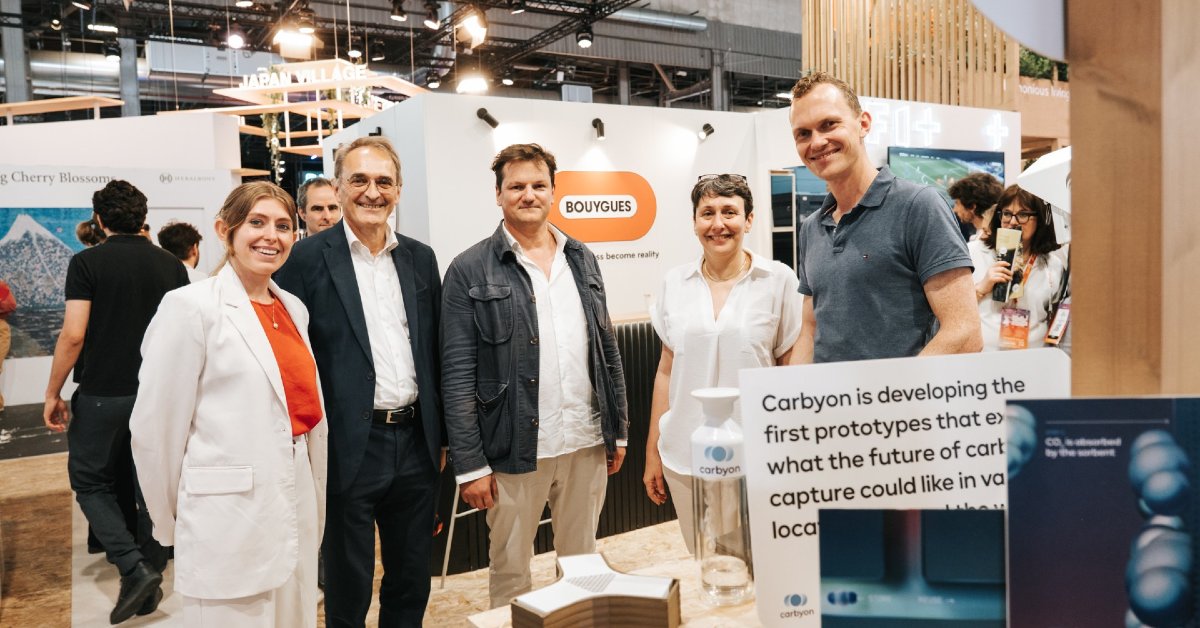
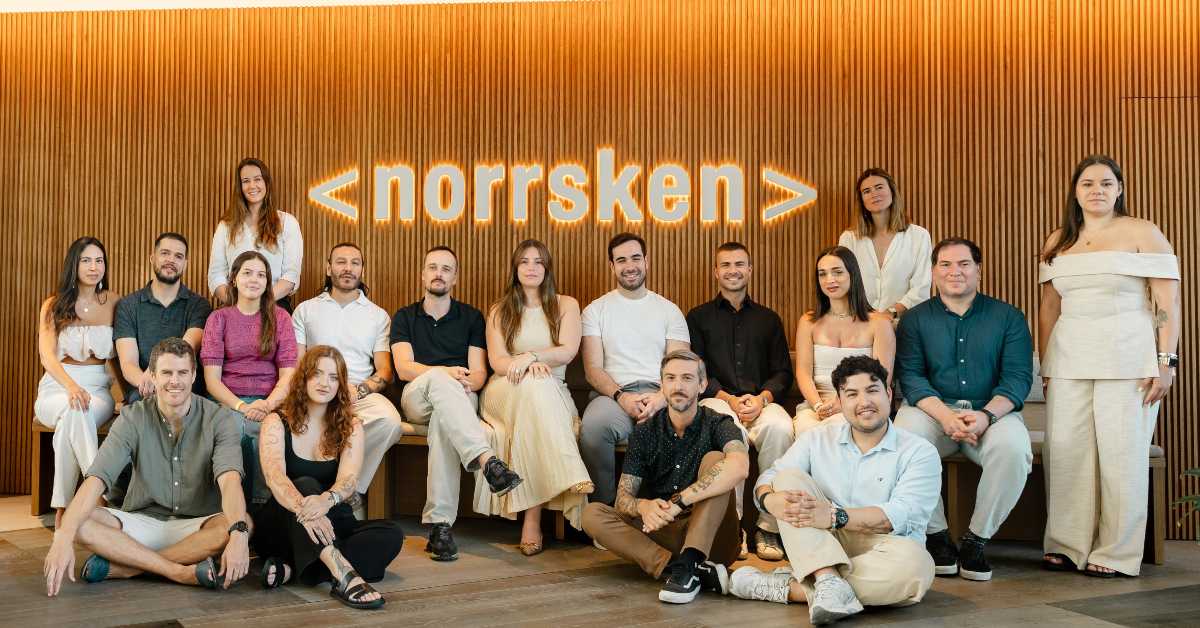
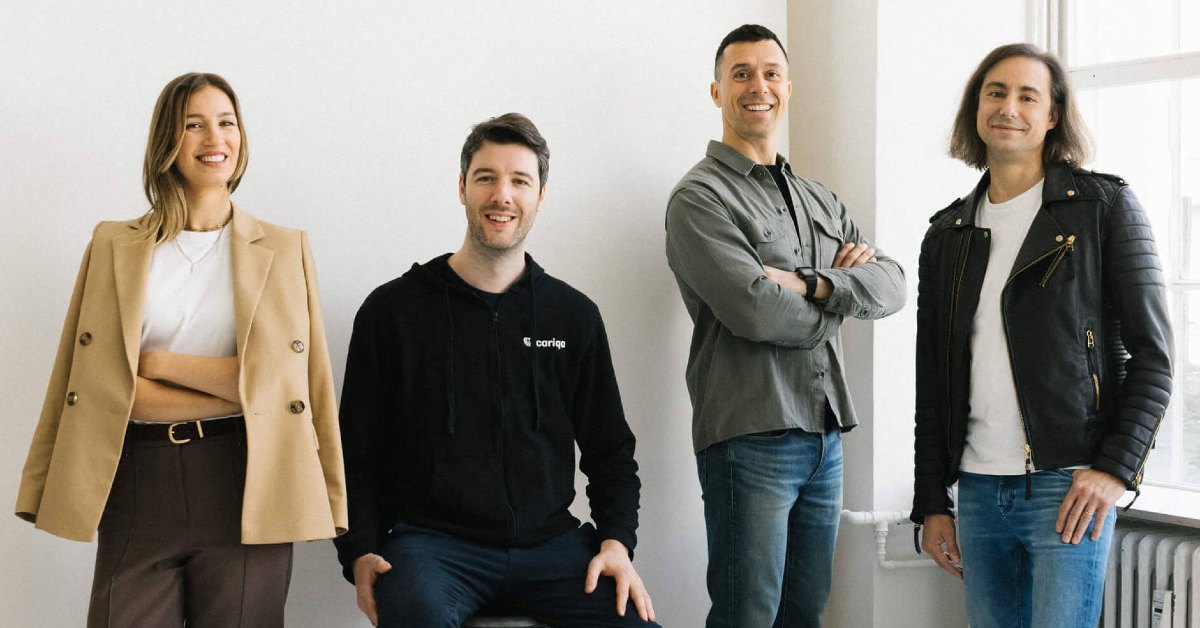
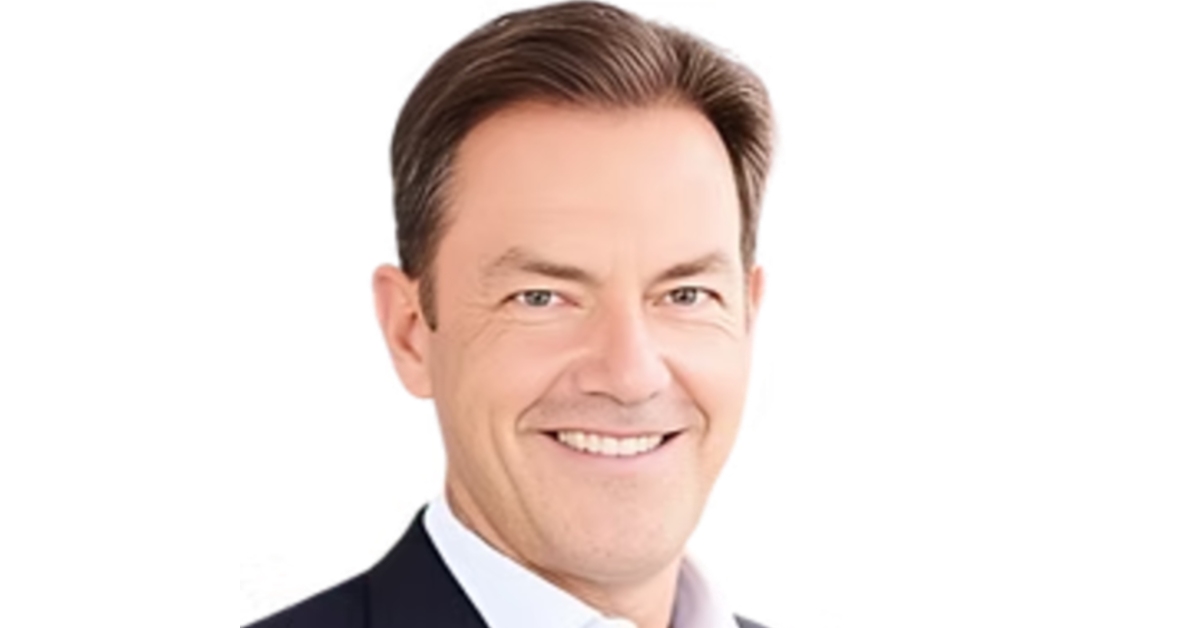
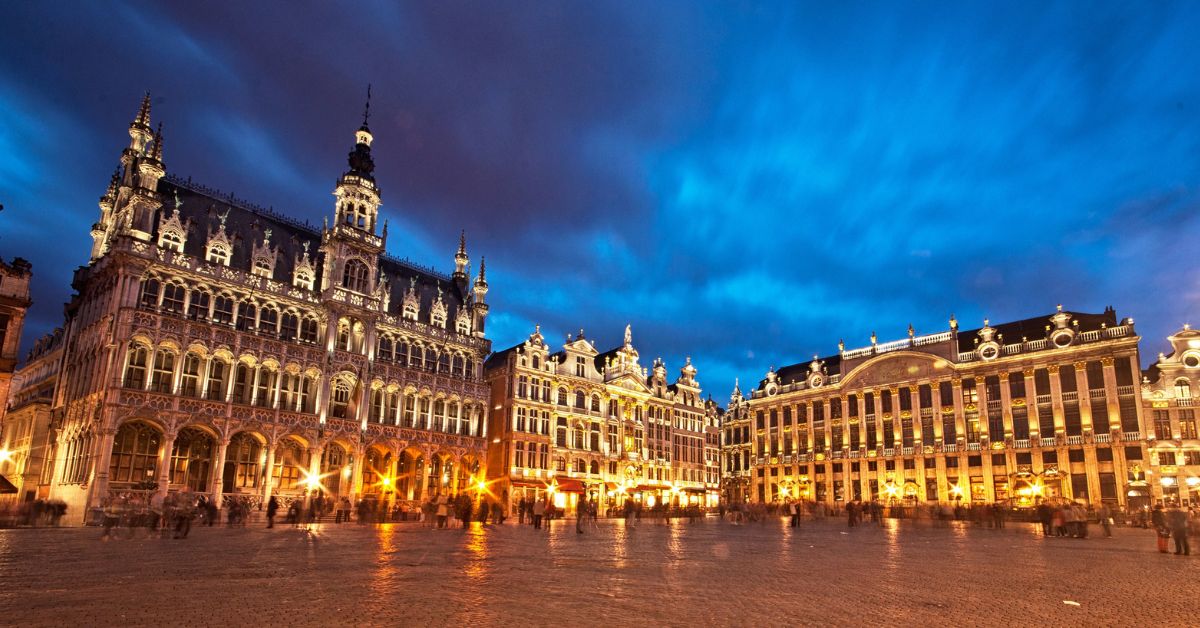

01
From telecom veteran to Dutch Startup Visa success: The Jignesh Dave story